In our daily lives, plant extracts are used in many areas. Let’s take a closer look at what natural plant extracts are and their applications.
First, let’s define plant extracts. As the name suggests, plant extracts refer to products obtained by using plants as raw materials and extracting and separating one or more components from the plants according to the needs of the final product. This process generally does not alter the original components of the plant. Depending on the extracted components, the products can be glycosides, acids, polyphenols, polysaccharides, terpenes, flavonoids, alkaloids, etc. Additionally, excipients can be added to create powders or granules with good flowability and anti-hygroscopic properties, although there are also a few liquid or oily products.
Plant extracts can be classified by process and intrinsic quality into simple extracts, quantified extracts, standardized extracts, and purified extracts. They can also be categorized by product form into solid extracts, liquid extracts, and soft extracts, and by formulation and nature into single-herb extracts, compound traditional Chinese medicine extracts, and component extracts.
The development history of the plant extract market began in the early 1980s when developed countries in Europe and America, which had largely completed industrialization, started a trend of returning to nature. People became increasingly concerned about and resistant to chemically synthesized products with side effects, and their preference for natural plant extracts grew significantly. The industry rose to prominence in response. In 1994, the United States enacted the Dietary Supplement Health and Education Act, officially recognizing plant extracts as dietary supplements, leading to rapid growth in the plant extract industry.
China has a long history of traditional Chinese medicine, with medical practitioners historically emphasizing the analysis of plant properties and medicinal effects. By the 1970s, some domestic pharmaceutical factories began using mechanical equipment to extract plant components, but this was only a part of the pharmaceutical manufacturing process and did not develop into an independent industry. After the mid-1990s, with increased openness and thriving foreign trade, the plant extract industry, which was less restricted by policies, began to develop.
Since the 21st century, the plant extract industry has entered a golden period. This is partly due to improved living standards and increased health awareness, driving strong demand for plant extract products. Additionally, the application of advanced extraction technologies (such as enzyme extraction, ultrasonic extraction, supercritical extraction, microwave extraction, membrane separation technology, etc.) has greatly improved production efficiency.
Applications of Plant Extracts
Plant extracts are diverse in types and functions, often having multiple effects. Generally, they can be divided into five categories: coloring, flavor output, pharmacological effects, and health functions.
Coloring: Plant pigments are the main components that give plants their color. Some plants are exceptionally rich in pigments, which can be extracted for use. In China, there are dozens of available plant pigments, such as curcumin, safflower yellow, radish red, beet red, sorghum red, and capsicum red.
Flavor Output: Plant extracts often contain rich characteristic components that can effectively stimulate the senses, such as sweeteners and volatile substances. Natural sweeteners are currently popular as new sweeteners, not only for their prominent sweetness but also as ideal substitutes for sucrose with significant health benefits, such as steviol glycosides and mogrosides. Essential oils are concentrated volatile substances commonly used in fragrance preparation and are among the least regulated applications of plant extracts.
Pharmacological Effects: Herbal preparations have a long history of use, particularly flourishing in Asia. In recent years, driven by traditional Chinese medicine concepts, they have gained international recognition.
Traditional Chinese Medicine Granules: These are made from single-herb decoction pieces through water extraction, concentration, drying, and granulation, used in clinical practice for patients to dissolve in water and drink. They supplement traditional Chinese medicine decoction pieces.
Chinese Medicine Extract Raw Materials: These are specific active ingredients extracted and isolated from traditional Chinese medicinal materials or natural plants, with a content of over 90%, possessing a drug approval number, and can be used as raw materials for Chinese medicine preparations. Examples include artemisinin, paclitaxel, and camptothecin.
Standardized Chinese Medicine Extracts: These are extracts specified in the standards of Chinese patent medicines, with independent drug standards, used for the production of Chinese patent medicines. They include volatile oils, oils, tinctures, fluid extracts, dry extracts, active ingredients, and active parts. The 2015 edition of the Chinese Pharmacopoeia includes 47 types of plant oils and extracts.
Health Functions: Components in plant extracts, such as glycosides, acids, polyphenols, polysaccharides, terpenes, flavonoids, and alkaloids, have been proven in research to possess biological activity and significant health benefits. The development of their health functions has become a mainstream application trend for plant extracts.
Dietary Supplements: Prebiotics are organic substances that are not digested or absorbed by the host but selectively promote the growth and reproduction of beneficial bacteria such as bifidobacteria in the host, thereby improving host health. The structural characteristics of prebiotics are that they cannot be hydrolyzed or digested in the gastrointestinal tract, can selectively stimulate the growth and reproduction of beneficial bacteria in the intestines and enhance their metabolic functions, transform the intestinal flora in a way that benefits host health, and induce local or systemic immune responses beneficial to host health.
Most prebiotics used as food additives, such as inulin (derived from chicory), FOS (fructooligosaccharides, derived from Jerusalem artichoke, chicory, and sucrose), glucomannan (derived from konjac), soybean oligosaccharides, dietary fiber, and gums, are derived from plants.
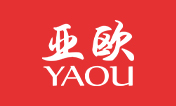
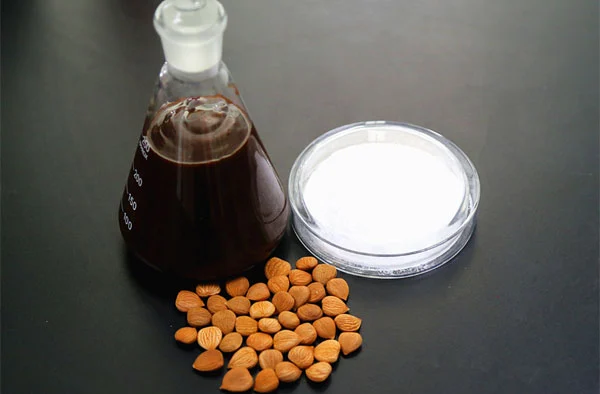
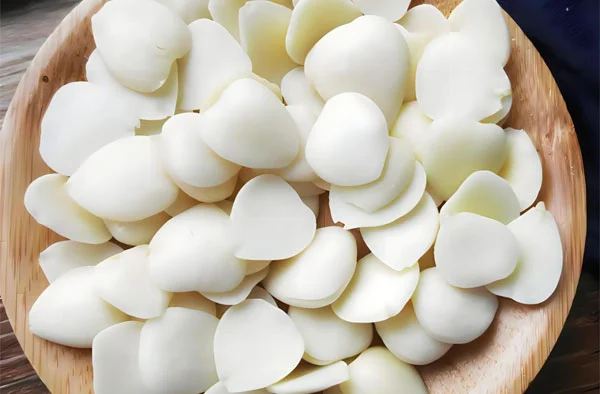
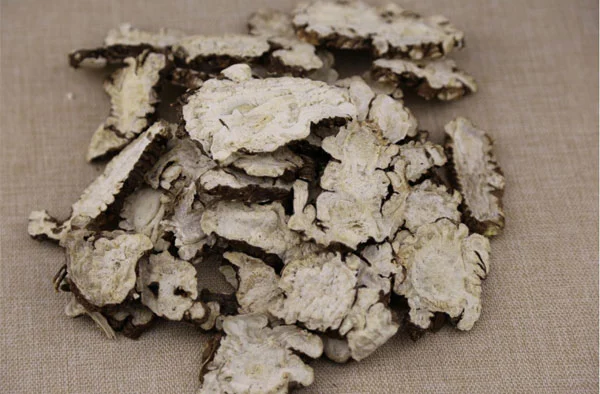
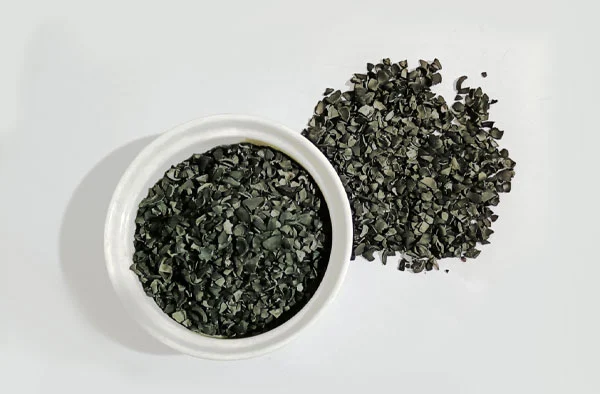

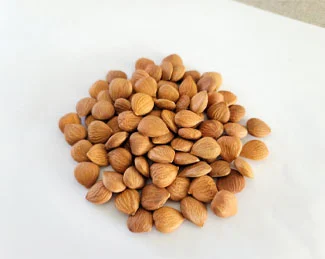
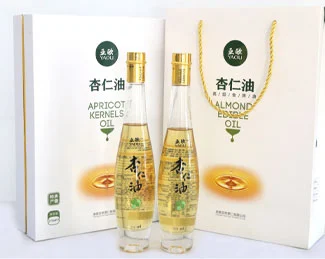
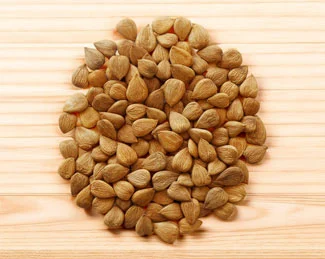
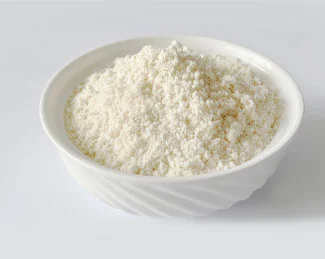
 Products
Products